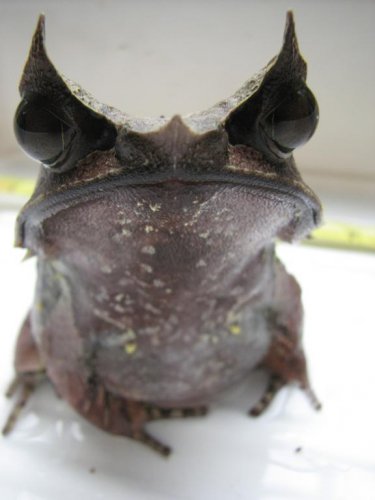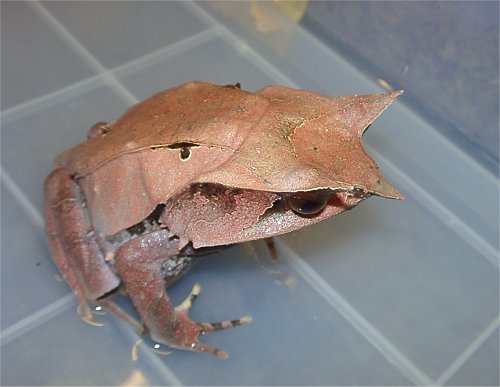Carlton
Chameleon Enthusiast
After missing my Malaysian leaf frogs for 5 years I finally bought a pair of males. They are in transit to Juneau now. The local pet shop will receive them for me and take them to the air taxi that serves my little boony town. Can't wait to meet them and start chatting via honks once again. So, scrambling to set up all the feeder bins and the "big" display terrarium before they arrive. Here's a pic of a couple of my previous frogs...






